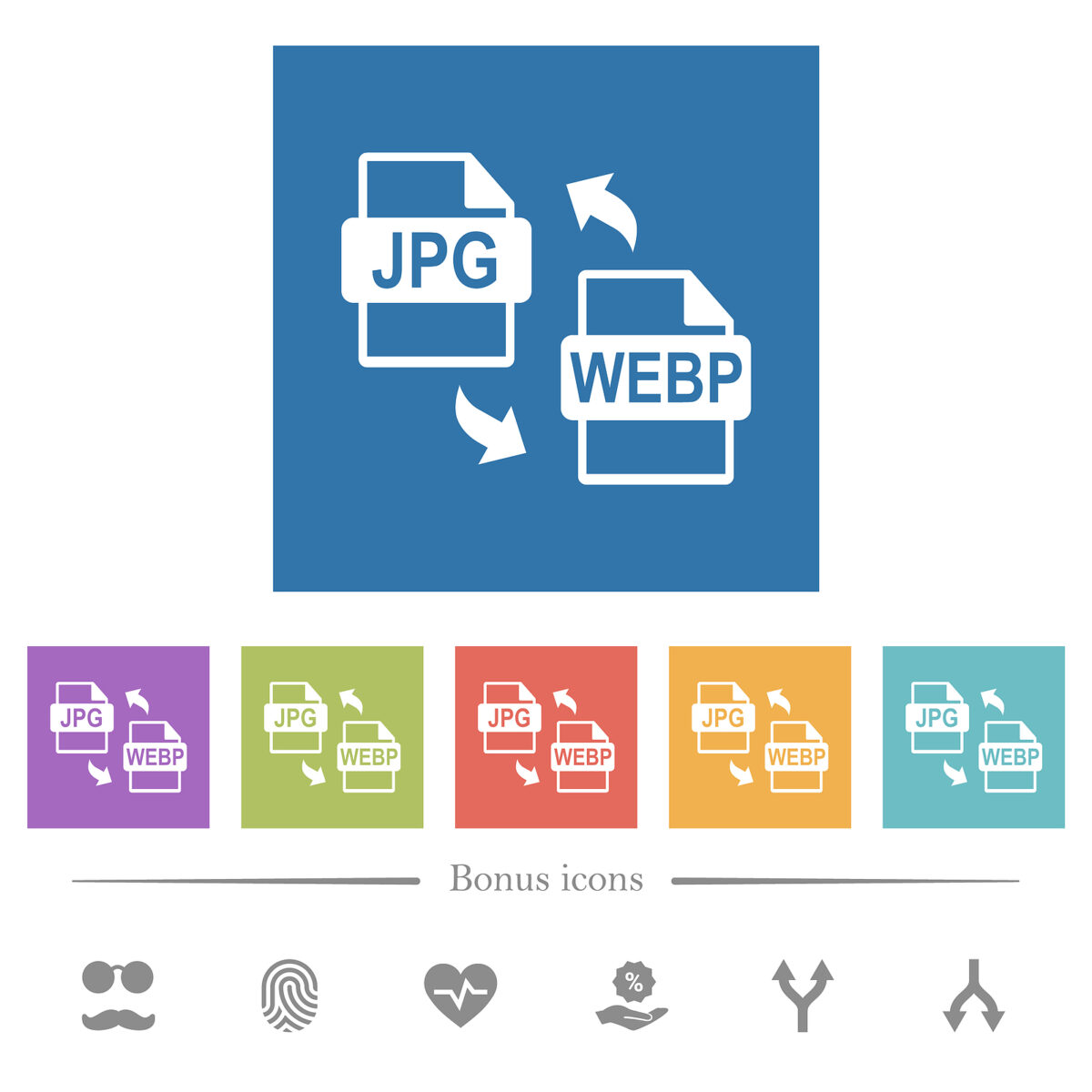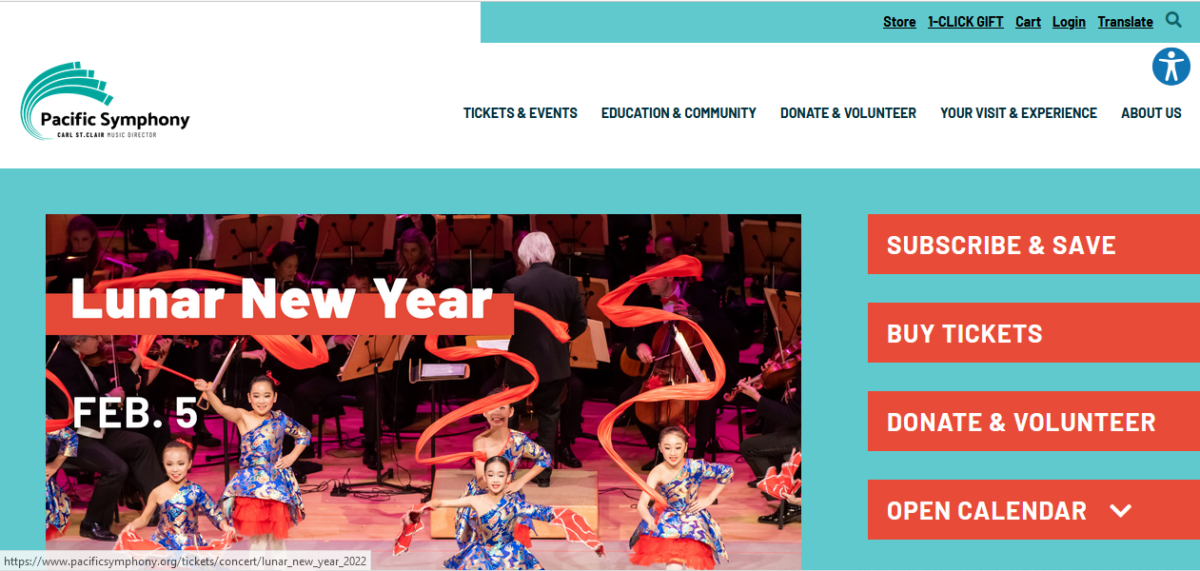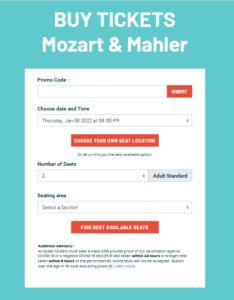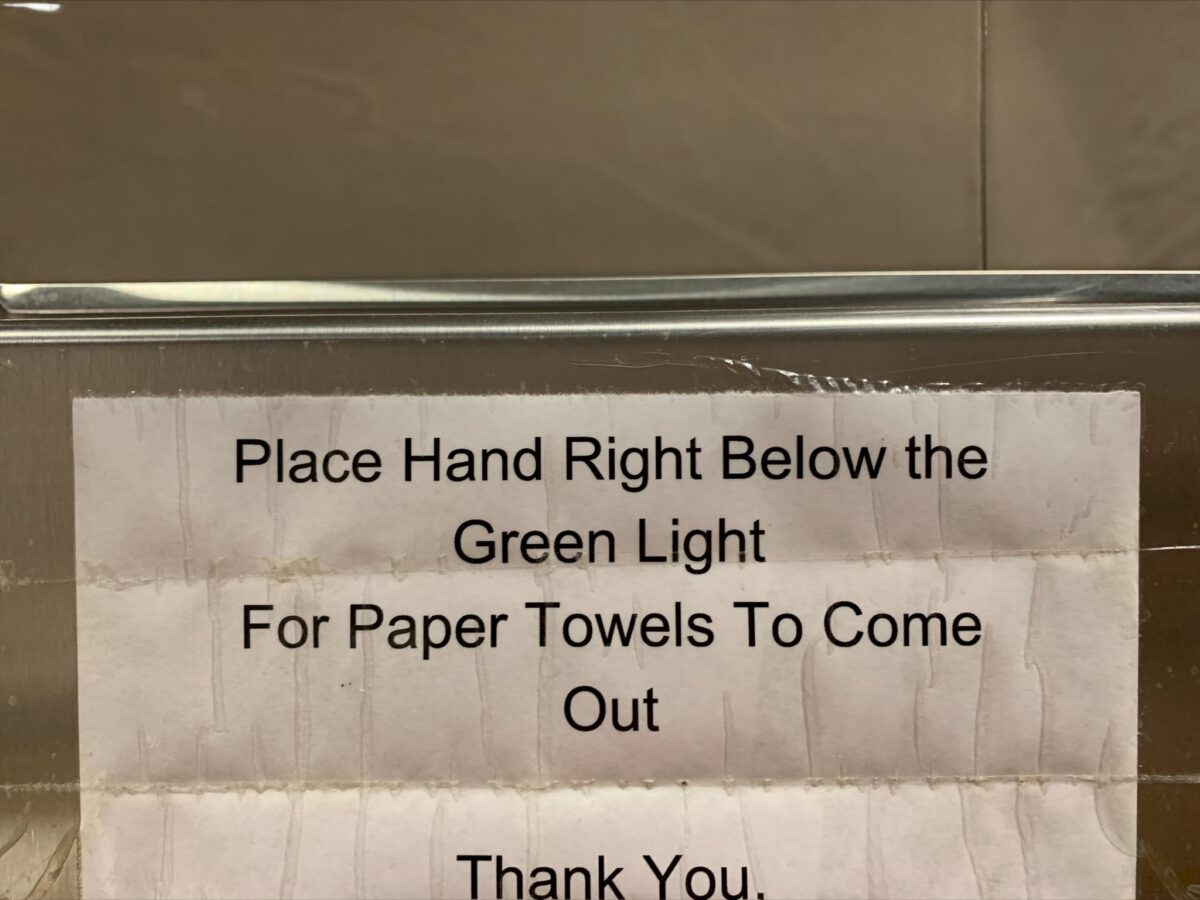Search engine technology has progressed substantially and will continue to do so. Semantic (context-based) search has become increasingly important for SEO. It is important and can work for you.
SEO is transitioning from multitudes of backlinks and keywords to high quality backlinks and from long tail keyword and search queries to fast websites with semantic search.
The Search Algorithms have added, replaced or modified many of the variables that are used for placement/ranking. Previously, the focus has been on speed, cohesive content and congruity, The focus since early summer 2021 has been on understanding intent and action, as well as the context (semantics) that surrounds them.
Optimization has changed. The days of reverse-engineering content to improve rankings are gone and just discovering keywords is no longer sufficient.
You must provide rich information that provides context surrounding the long-tail keywords and have a strong grasp on the user’s purpose. This combination is essential for SEO, since AI and NLP (natural language processing) are being embedded in to search engines in order to better understand the context and users of search. So, in short, semantic search is a search engine’s attempt to produce the most accurate results possible based on the end users’ intent, query context, and word relationships. In another word, semantic search, tries to process and understand natural language in the same manner as a human would.
Semantic search on the web extends nearly two decades. Whether it was Powerset or SHOE in the 2000’s or the google knowledge graph in 2010 which eventually led to Hummingbird, RankBrain and BERT. All these engines are attempting to create the Semantic Web where intent and query is matched as closely as possible with the provided content.
How do you succeed with semantic search?
Most of you who know me (Nami), know that I have been a strong advocate of structured data. Going back to 2013, DWG first advised our clients that they need to create structured data to inform search engines of their shows, events, products, content, and location.
Well, don’t be surprised then if I tell you the structured data is more important than ever. But structured data by itself, especially if not used properly can prove to be detrimental.
First as always, is your content. The age of keywords alone has long passed, so look through your pages and give your audience, a comprehensive answer and include long-tail (4 – 5 words). Before digging into more technical information, provide content that answers a typical inquiry simply and concisely at the top of the page.
Consider providing “comprehensive guidance” and more complete resources that your readers will find useful instead of dozens of small, disjointed pages, each with its own topic. Think of big themes in your field that you can go into detail about. By focusing on people’s intentions, you can build a comprehensive, creative, and high-quality content strategy.
This strategy will focus on a list of subjects for content generation that focuses on the searches that bring users to your or your competitor’s website. Focus on the real question that is being answered and not the individual keywords.
Now that you have these pages, circle back and recheck the basics:
- Long Tail keywords, Nice URLs, Meta tags, H1, and H2 Tags
- Authoritative Backlinks
- Use Schema.org (structured data) to help the search engines present your information in more ways
- Accessibility and WCAG audit – Even though it is intended for accessibility testing, this will help you find many of possible short falls of your SEO and even help your SEO in places.
- Site Speed – getting your site speed up is essential – Minify resources, compress images, use caching, and if possible, use a CDN.
- Information Design – Create a logical Information structure for your site and make sure there is a logical relationship between your content for a better user experience.
–Nami







